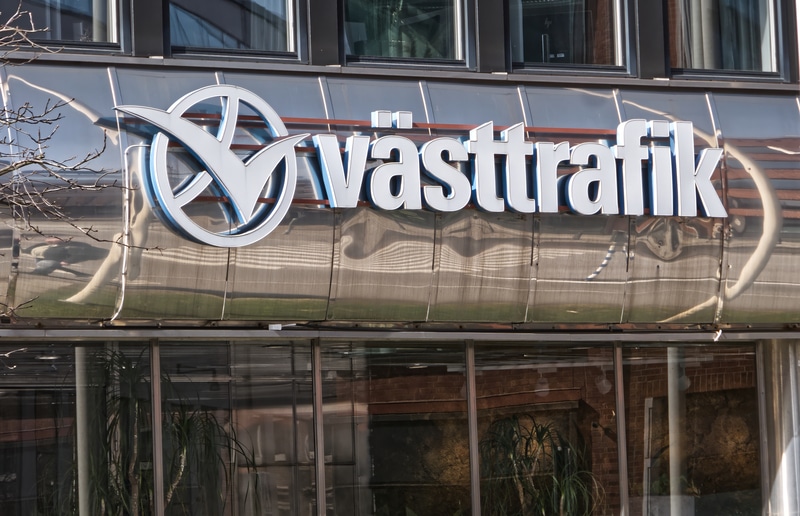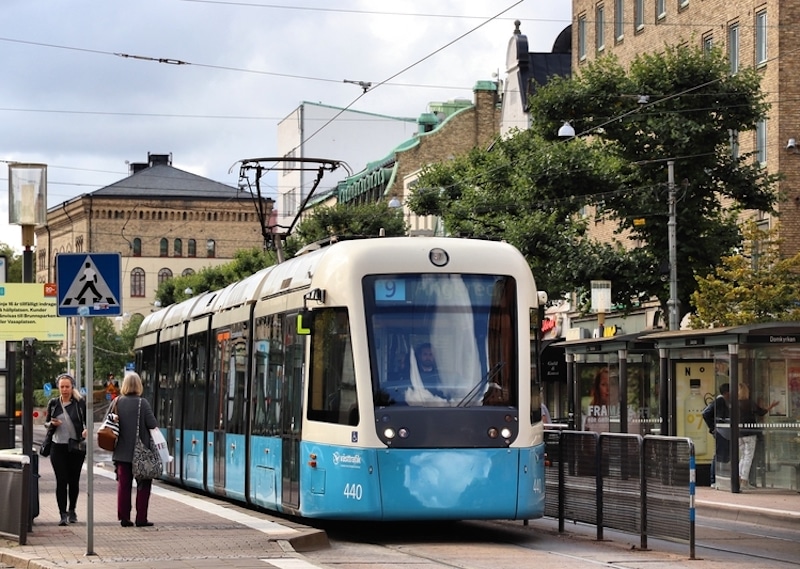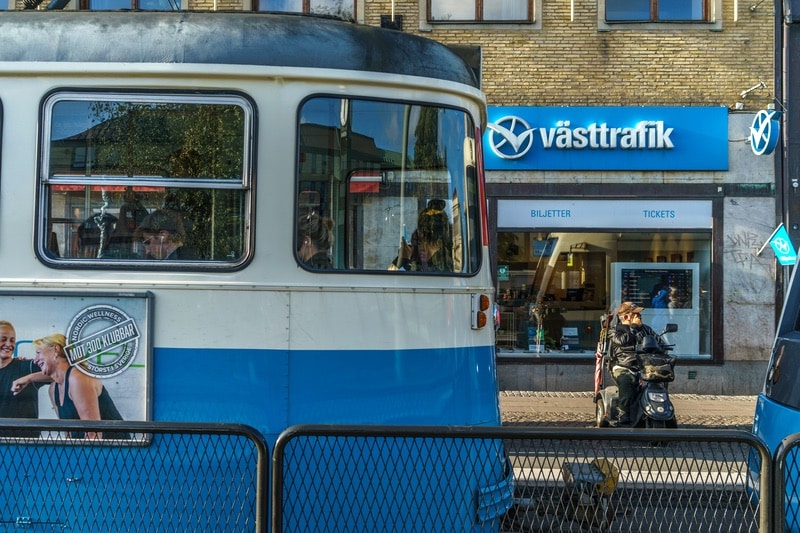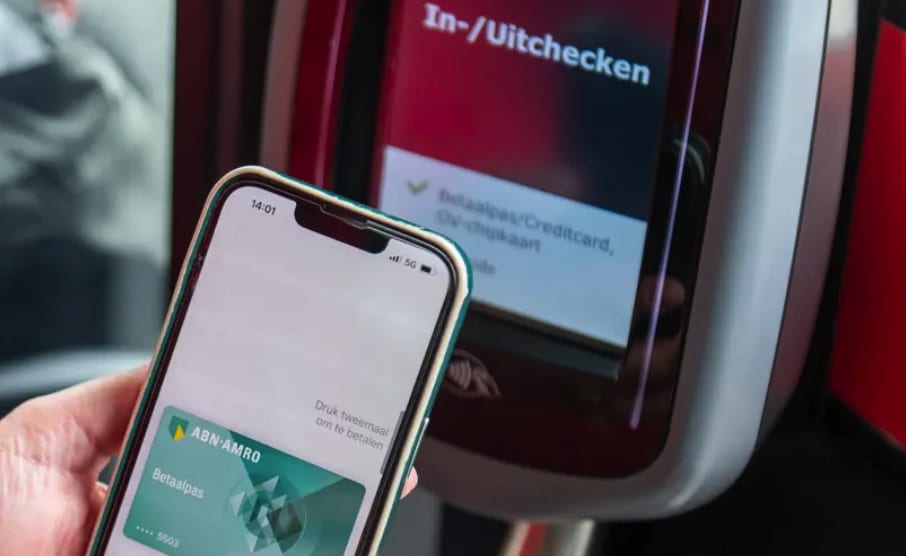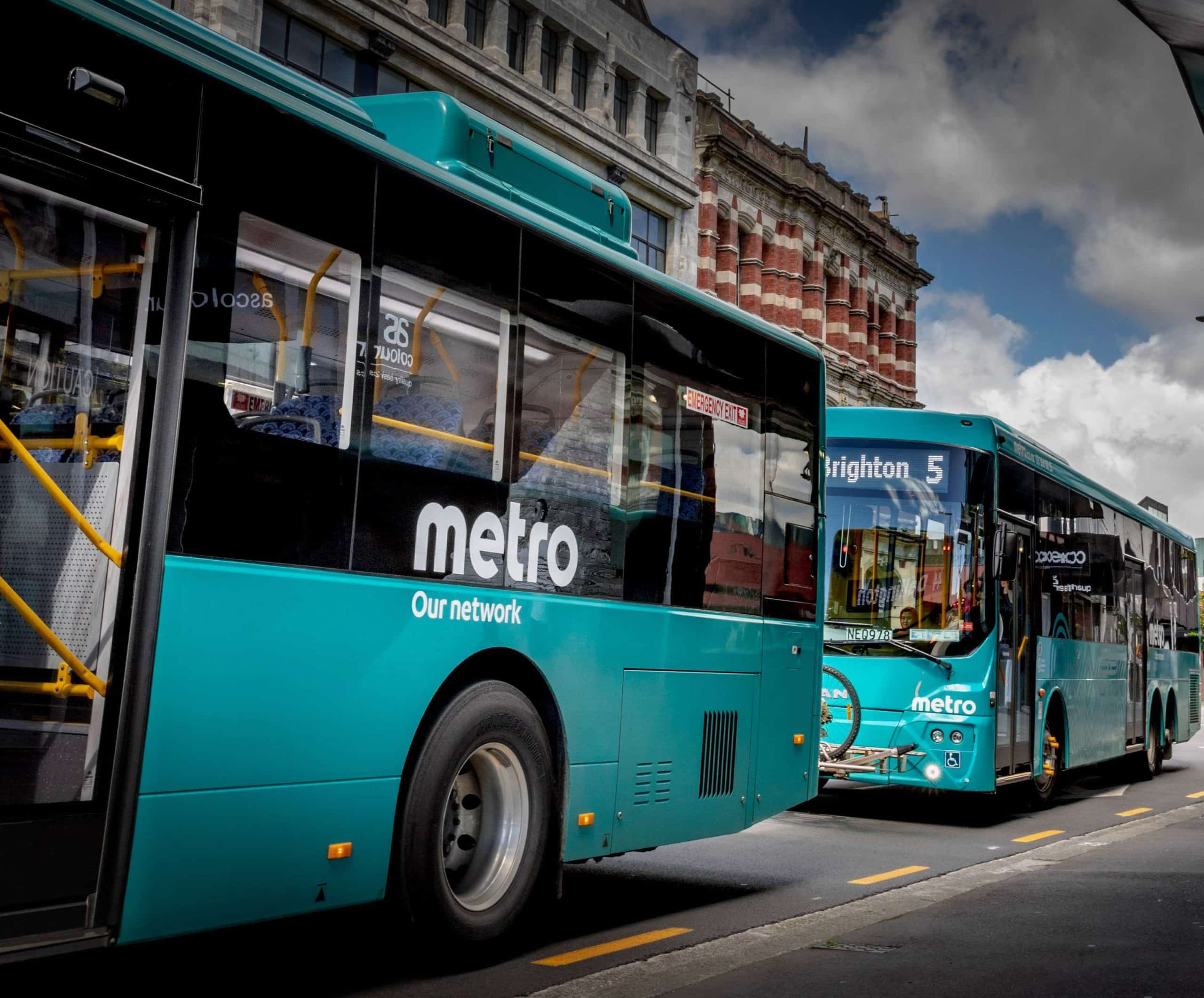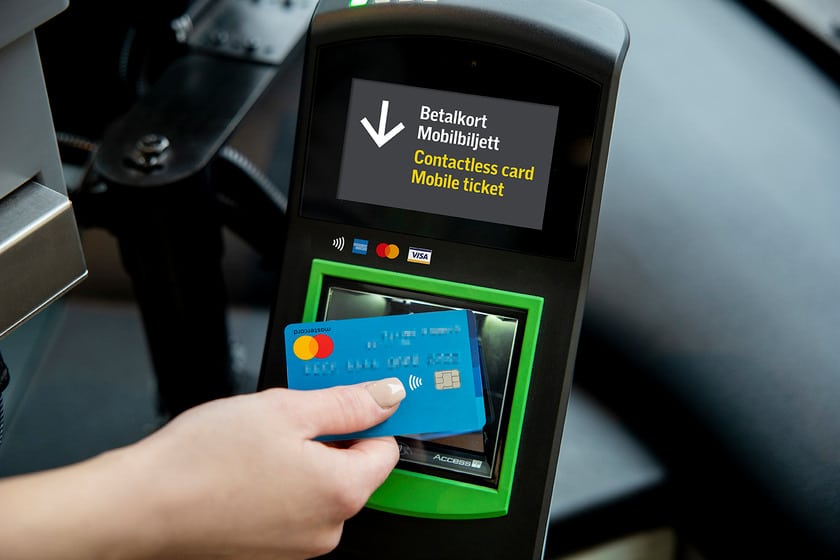
Article Highlights
Nearly a year after Storstockholms Lokaltrafik, or SL, in Stockholm launched open-loop payments for its multimodal transport network, the agency was seeing around 15% of its total fare revenue coming from contactless EMV payments. The figures show a fairly quick start for open loop in the Swedish capital.
Chart: Open-loop revenue as a percentage of total revenue
• SL (Stockholm)
• MTA (New York)
Nearly a year after Storstockholms Lokaltrafik, or SL, in Stockholm launched open-loop payments for its multimodal transport network, the agency was seeing around 15% of its total fare revenue coming from contactless EMV payments, according to figures obtained by Mobility Payments.







